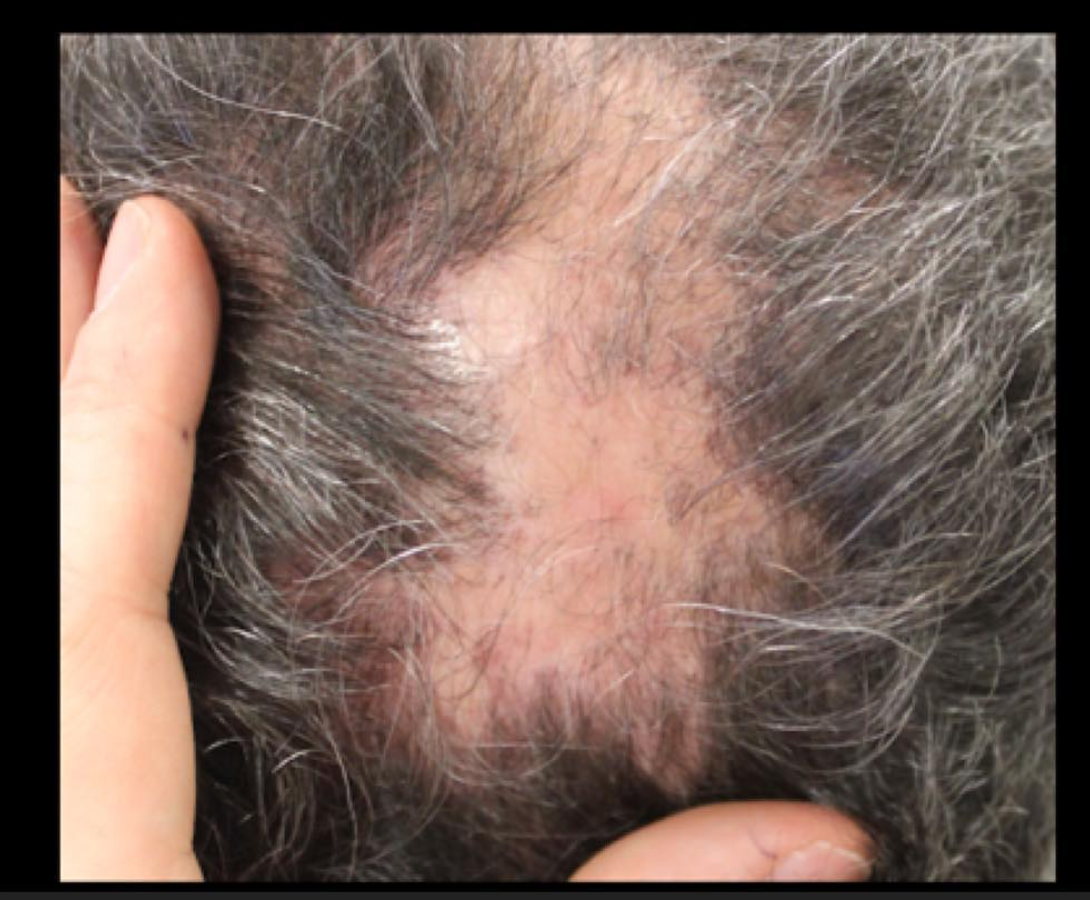Low dose naltrexone for LPP
New Avenues for Treating Lichen Planopilaris
Naltrexone is a medication that was approved in 1984 (at 50 mg) for treating addiction to opioids. Subsequently, it was shown that low doses rather than high doses sometimes have a remarkable effect on the immune systems. This opened the door to trying to better understand the benefits of low dose naltrexone (LDN). Studies have shown that LDN can help people respond better to many immunological conditions including HIV, cancer, and autoimmune diseases like lupus, Crohn’s disease, multiple sclerosis. It has also been used in chronic pain. New evidence suggested benefit in lichen planopilaris as well. A very small study in 4 patients suggested that LDN at a dose of 3 mg can reduce the signs of symptoms of this scarring alopecia. Side effects were not noticed.
Low dose naltrexone: How does it work?
It is believed that our internal opioid and endorphins have an important effect on the immune system. It is now understood that various immune system cells also have opioid receptors on their surface. It is the ability to block opioid receptors in the body between 2 am and 4 am that is proposed to give the beneficial effects. Blockade in this manner lead to changes in the immune system and increase in the body’s endorphin and encephalin levels. These are powerful modulators of the immune system.
The typical dose of “low dose naltrexone” is 1.5 to 4.5 mg taken at bedtime. A compounding pharmacy generally takes the 50 mg pills and compounds in a topical solution. The perfect way of compounding LDN is not entirely clear, although use of calcium carbonate as a 'filler' is generally best avoided as it may interfere with absorption.
Side effects of LDN
Many patients take LDN without side effects. However, the side effects include difficulty sleeping (one of most commonly seen in our practice), vivid dreams, and rare headaches. A full review of side effects is important for anyone starting LDN.
Conclusion
More study is needed of LDN in various hair loss conditions. I have no doubt this study of LPP (referenced below) will open the floodgates to increasing use in patients with LPP in 2018. Good study is needed to monitor the short term and long term benefits.
Reference
Strazzulla LC, et al. Novel Treatment Using Low-Dose Naltrexone for Lichen Planopilaris. J Drugs Dermal 2017
This article was written by Dr. Jeff Donovan, a Canadian and US board certified dermatologist specializing exclusively in hair loss.

